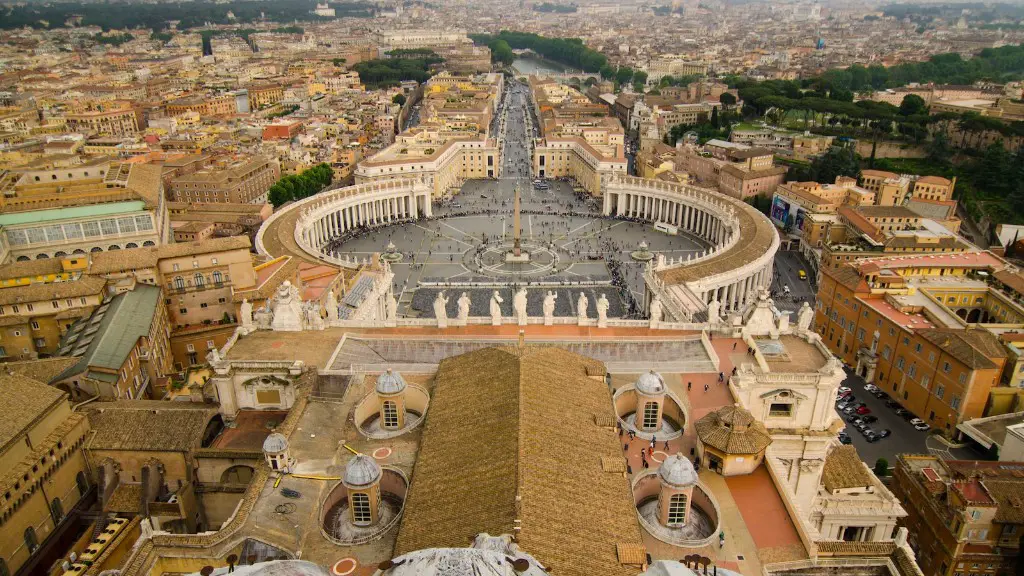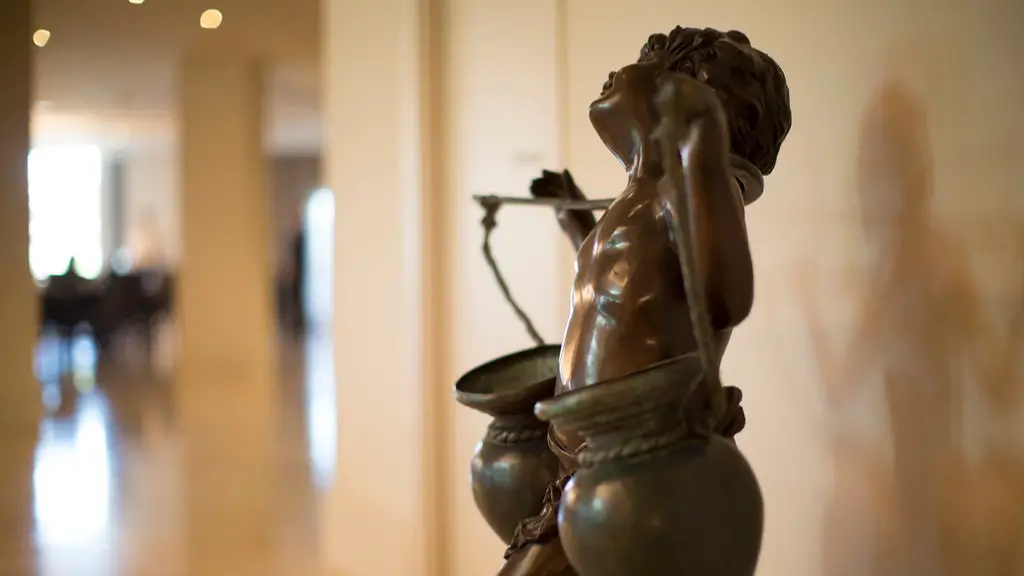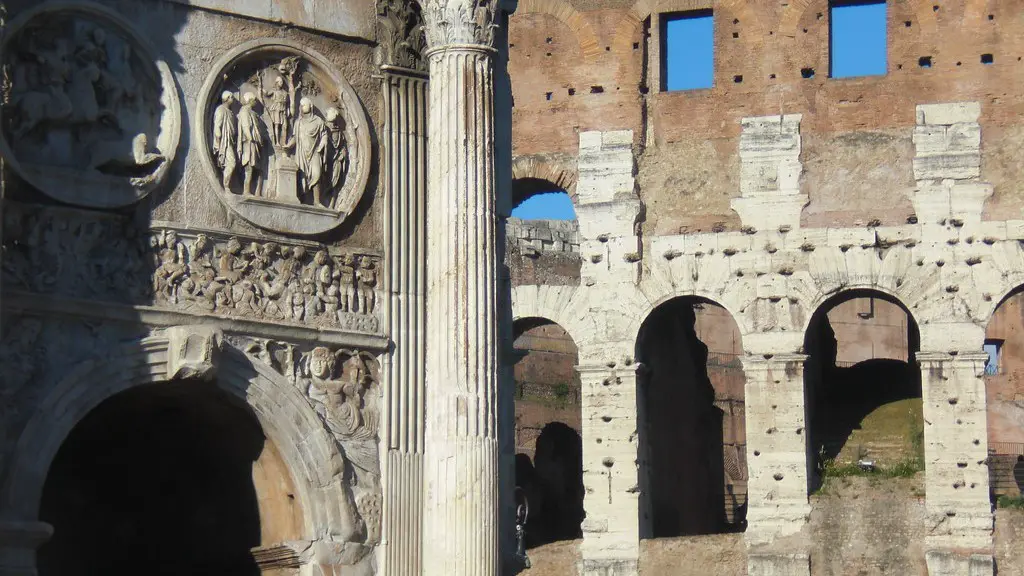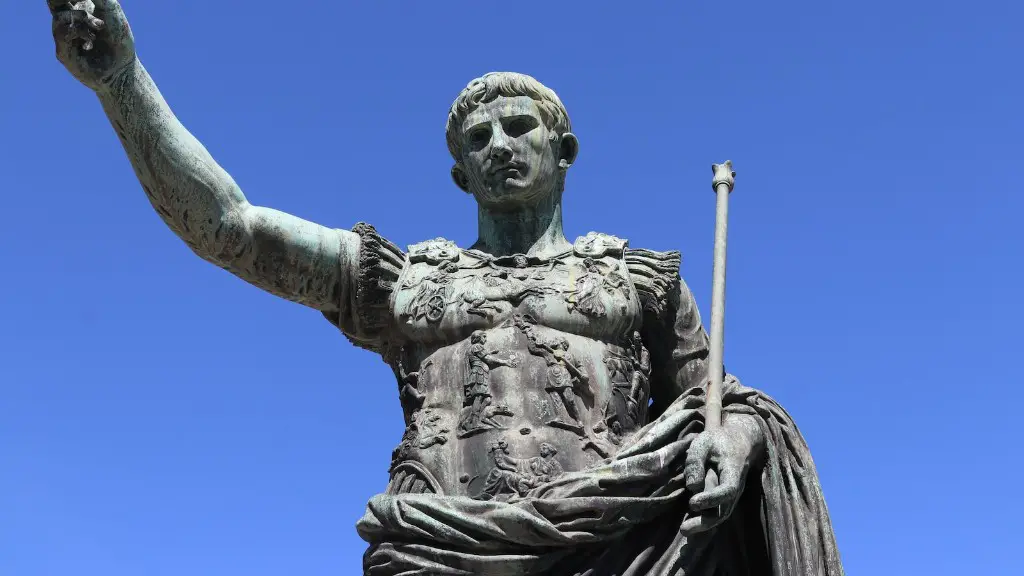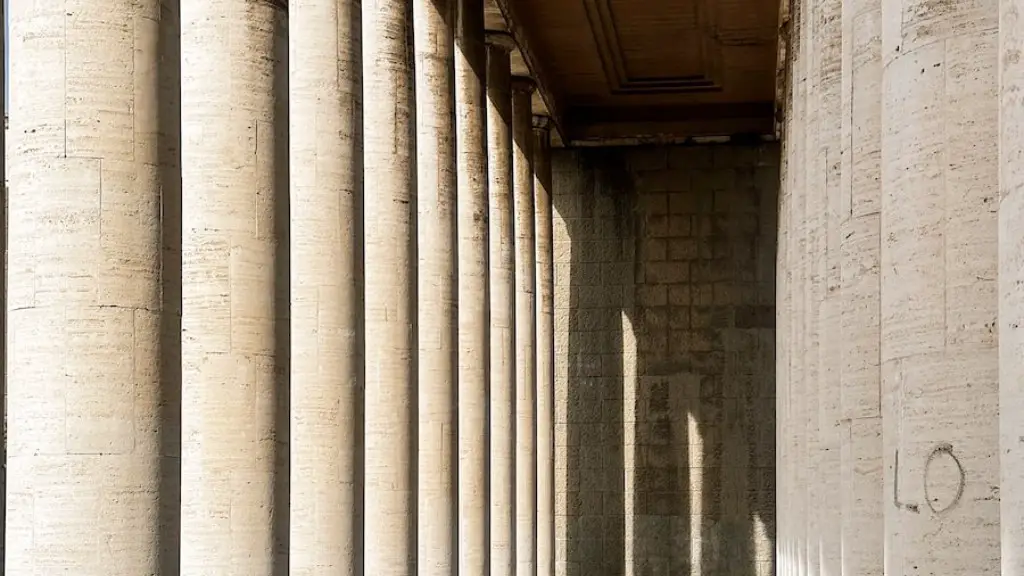Rivers were an important part of ancient Roman society, providing a variety of uses throughout the empire. While some uses have faded with time, others have endured. In this article, we will explore the various ways rivers have been used in Ancient Rome, from providing transportation to providing irrigation for crops.
The most obvious use for rivers in Ancient Rome was as a form of transportation. The Tiber River was a major thoroughfare for Roman ships moving goods along the Mediterranean Sea and beyond. This allowed for faster and easier trade between different parts of the empire, as well as beyond its boundaries. In addition to trade, river travel was also popular among the people of Rome, with boat parties becoming a popular pastime among the wealthy.
Rivers were also a major source of food in Ancient Rome, with fishermen often setting up shop along the banks of major rivers such as the Tiber and the Po. These rivers were home to a wide variety of different fish, which were then marketed and sold throughout the city. This provided a major source of income and sustenance to the people of Rome, and was an important part of their economy.
Another use for rivers in Ancient Rome was irrigation. It’s been estimated that over one million hectares of land were irrigated by rivers throughout the Roman Empire. This allowed for an increase in crop production, making it easier for people to make a living off of farming, as well as providing food for the larger population. This irrigation system was an essential part of the Roman economy, as it allowed for a more diverse array of food production.
Rivers were also used for a variety of other purposes in Ancient Rome, such as providing a ready source of drinking water and for entertaining. There were several public baths located along the banks of the Tiber, which were a popular destination for both Roman citizens and visitors alike. In addition to baths, there were also public areas along the river where entertainment such as theatre and music performances could be enjoyed.
Finally, rivers were also seen as powerful symbols in Ancient Rome, with the Tiber being revered as a holy river. Its waters were believed to have divine properties, with offerings made to it in order to receive blessings from the gods. This reverence is still reflected in contemporary culture as well, with the Tiber often being used as a motif in literature, movies, and other artistic works.
Political Impact of Rivers in Ancient Rome
Rivers played an important role in the politics of ancient Rome, serving as natural boundaries between different parts of the empire. This allowed rulers to establish and control specific territories more easily, while also providing protection from external threats such as invaders. Furthermore, access to rivers also often allowed for greater mobility within the empire, with ships often carrying supplies and armies across the seas.
The Romans also used rivers as a form of fortified defense against invasions. Large towers would be built along the riverbanks to signal the arrival of potential invaders. These towers would then light a series of signal fires to alert the Roman army, who would then make their way towards the border to prepare for battle.
The political power of rivers was also evident in the form of trade agreements. Rome would often form agreements with other nations where they would gain access to certain bodies of water in exchange for a certain agreement, such as an alliance or trading privileges. This allowed for easier and more efficient trade between different nations, which helped to improve relations.
Along with political power, rivers could also have a great impact on the economy, with access to a certain river often granting certain economic advantages to certain cities or states. This could include access to resources such as food, timber, and minerals, as well as providing more efficient transportation of goods. This allowed for a much stronger economy and better opportunities for trade.
Environmental Impact of Rivers in Ancient Rome
The environmental impact of rivers in ancient Rome was significant, with some rivers becoming polluted due to overuse and lack of regulation. The Tiber, for example, had become severely polluted with sewage and other waste products, leading to a decrease in fish population and unhealthy waters. There were also problems with erosion, with riverbanks becoming more and more unstable due to frequent use.
The Romans attempted to combat these problems by instituting certain laws and regulations. These included limiting the number of boats allowed on certain rivers, as well as the use of certain types of materials for fishing nets. There were even attempts to address the issue of pollution, but these efforts often had limited success.
The issue of water scarcity was also an issue for ancient Romans, as the population grew and water sources became more scarce. This led to water rationing, where certain sections of the population would have to go without water for certain periods of time. This often had a negative impact on the health and wellbeing of the population, with many people suffering from dehydration and other such ailments.
Despite these challenges, the Romans did succeed in making some progress in managing their water resources. For example, aqueducts were built to transport water over long distances, allowing for the Roman Empire to make use of more distant water sources. These aqueducts were also used to irrigate large agricultural areas, making it possible to produce much larger amounts of food than before.
Societal Impact of Rivers in Ancient Rome
Rivers were very important in ancient Roman society, with many different social activities taking place along the banks of rivers. This included things like parties, celebrations, and religious ceremonies, as well as physical activities such as swimming and boating. The presence of rivers often provided an escape from the bustling cities, allowing people to relax and enjoy the natural beauty of the area.
Rivers were also often seen as having a spiritual importance in Roman culture, with many temples and shrines built along their banks. This allowed people to offer worship to the gods of the river, and to the river itself. This reverence was evident in many of the Roman myths and legends, with many of them featuring rivers in a prominent role.
The presence of rivers also impacted the economy in Ancient Rome, as they often served as a major source of income through trade and fishing. This allowed people to earn money while also taking advantage of the natural resources available to them. Furthermore, the development of transportation allowed for goods and services to move more easily between different parts of the empire, ultimately leading to a more steady and prosperous economy.
Finally, rivers were also a source of inspiration for many of the Roman artists and writers. The presence of rivers often provided the perfect backdrop for beautiful works of art, with the serene beauty of their waters providing the perfect canvas for expression. This often included works of literature, as well as sculptures, paintings, and other media.
The Future of Rivers in Ancient Rome
The future of rivers in ancient Rome was uncertain, as many of the natural resources that had once been abundant were on the decline. This began to change, however, with the rise of the Roman Empire, as the Romans developed a complex network of aqueducts that allowed for efficient water transport and irrigation. It also allowed for larger ships to navigate the waters more easily, thus making river transportation much more efficient.
The Romans also developed a number of reforms to help preserve their water resources. These included laws to regulate the use of water and to promote general conservation, as well as the building of dams and other structures to help control the flow of water. This had the added benefit of providing better protection from floods, which was a major issue in many parts of the empire.
In spite of this progress, however, there was still much work to be done in order to ensure the long-term sustainability of the rivers in Ancient Rome. Much of the land had become vulnerable to drought due to deforestation and over-usage of the riverbanks, while pollution still remained a major concern. Furthermore, the impact of global warming had become increasingly evident over the years, making this problem even more pressing.
The reestablishment of the Roman Empire in the 21st century, however, has led to the realization of the importance and fragility of river systems in the region. In modern times, there is more emphasis placed on river conservation and the protection of the environment in general. As such, governments and NGOs are keen to collaborate in an effort to develop sustainable practices to help preserve the rivers of Ancient Rome for future generations.
